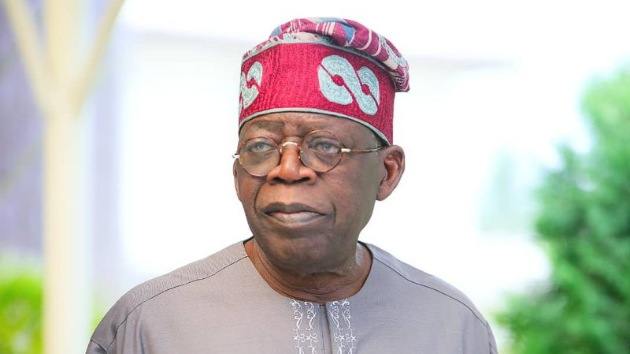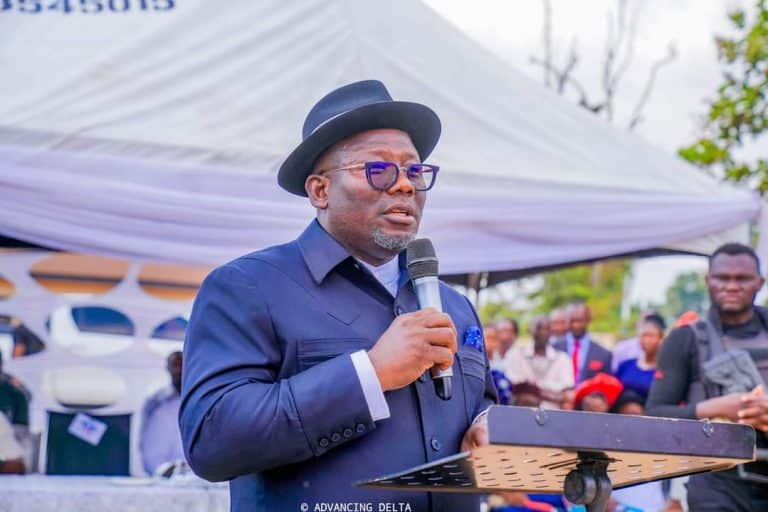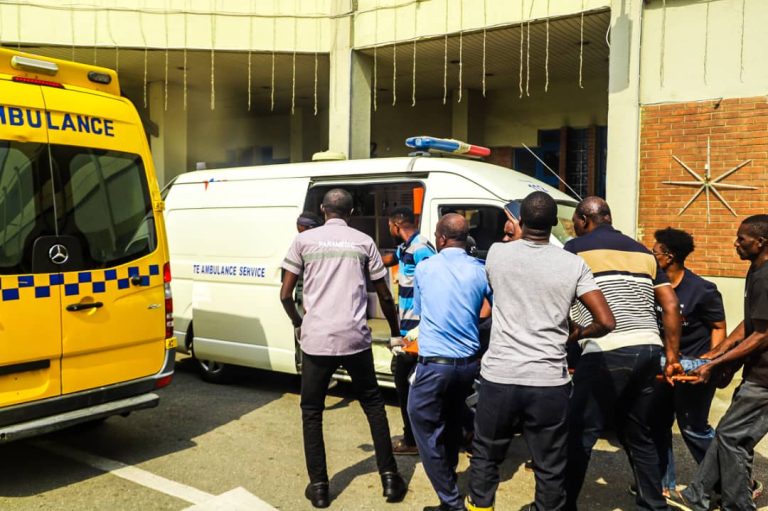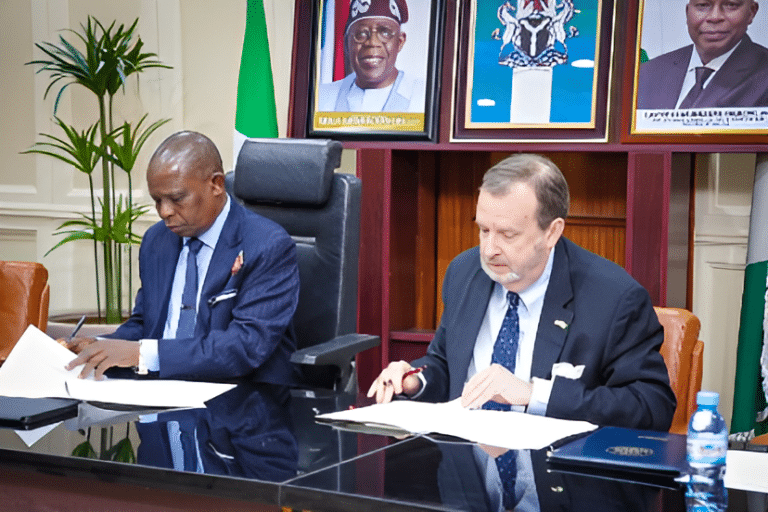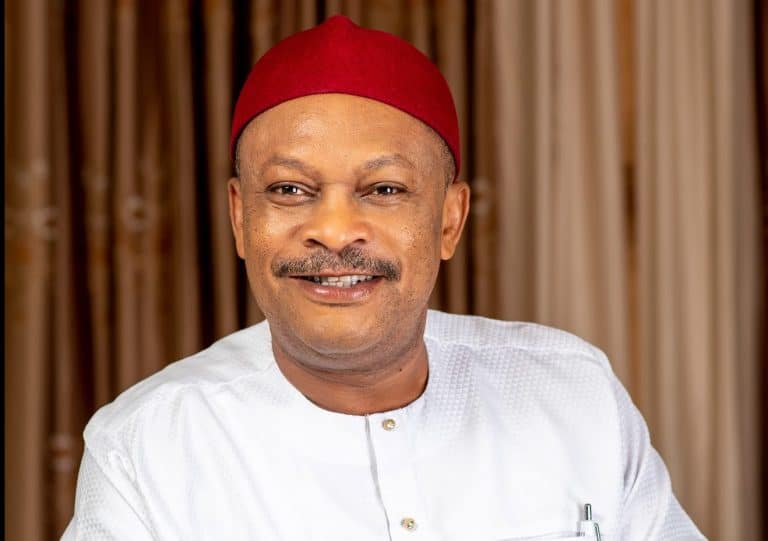President Bola Tinubu has inaugurated the newly reconstructed Apapa-Oworonshoki-Ojota-Oshodi Expressway, a critical transportation artery spanning 36.02 kilometers.
The vital road connects Nigeria’s primary ports, Apapa and Tin Can Island, to the broader Lagos State region.
Tinubu, represented by Senate President Godswill Akpabio, also virtually launched the revamped Third Mainland Bridge. The Apapa-Oworonshoki-Ojota Expressway, originally built between 1975 and 1978, had severely deteriorated over the years, causing delays in the evacuation of goods from Apapa Wharf.
To address this, the road was reconstructed in four sections using Continuously Reinforced Concrete Pavement (CRCP) technology. The innovative approach was made possible through a collaborative effort between Dangote Industries Limited and Hitech Construction Nigeria Limited, utilizing the tax credit method of infrastructure funding.
According to checks, the rehabilitated Third Mainland Bridge, which spans approximately 11.8 kilometers, is the longest of three bridges connecting Lagos Island to the mainland.
Initially commissioned by President Shehu Shagari in 1980 and completed by General Ibrahim Babangida in 1990, the bridge has undergone great rehabilitation to enhance its structural integrity and extend its lifespan.
Senate President Godswill Akpabio praised the achievement, stating, “This is a remarkable feat by any standards, and it is all for Nigeria. I commend the Ministry of Works and the contractors for their outstanding work.” Akpabio also pointed out that similar projects are underway across the country, with some scheduled for commissioning in the near future.
The Minister of Works, Engr David Umahi, explained the rationale behind using concrete technology in constructing the road, citing its durability and the rising cost of bitumen used in asphalt production. Umahi revealed the importance of migrating to concrete technology for road construction, given its numerous benefits.
Regarding the Third Mainland Bridge, the Minister stated that the project entailed more than just rehabilitation, as it involved replacing all expansion joints and addressing long-standing maintenance issues.

